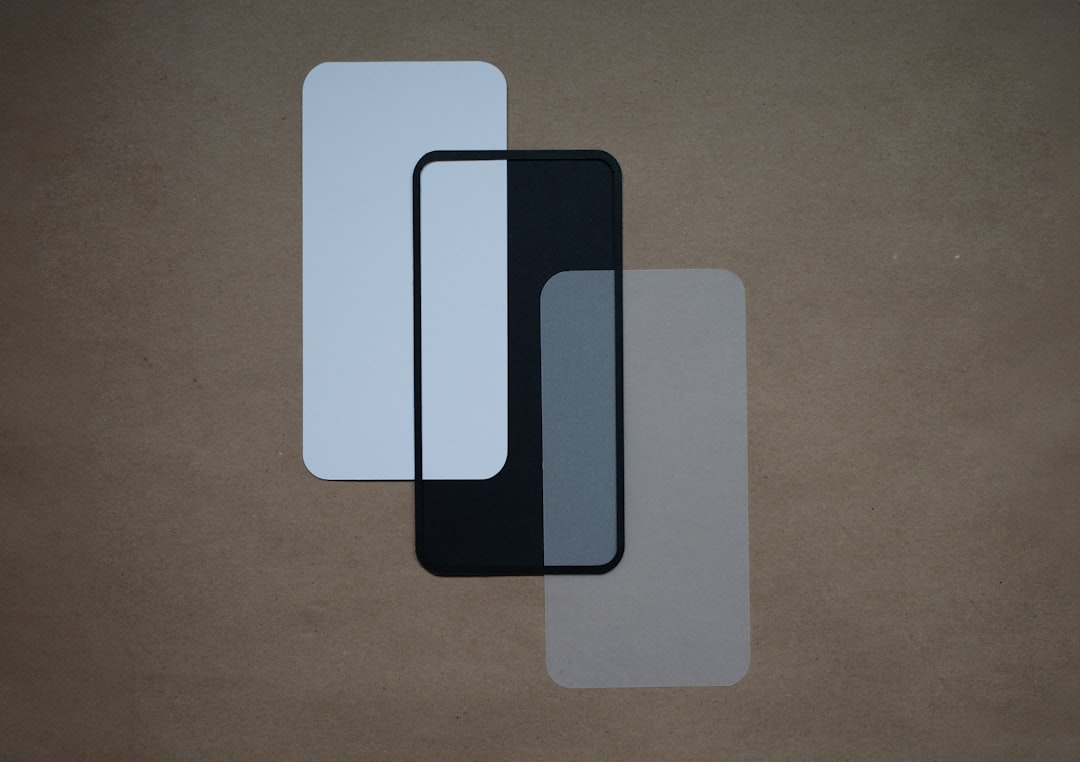Creating a compelling logo starts with the right inspiration. Before you dive into sketches or open your favorite design software, generating a moodboard can help streamline your brand vision, communicate your ideas more effectively, and ensure that your logo aligns with your brand’s essence. The good news? You don’t need hours or a graphic design degree to create a stunning moodboard. In just a few minutes—and with the right steps—you can compile a visual roadmap that will serve as the perfect starting point for your logo design process.
TLDR: A Quick Summary
Creating a logo moodboard is quicker and easier than you think. In mere minutes, you can gather inspiration from various sources like nature, art, typography, and color palettes to generate a cohesive visual direction. Using online tools and a few smart steps, even beginners can produce moodboards that guide brand development and design decisions confidently. Think of it as your creative compass before diving into actual logo design.
What Is a Moodboard and Why It Matters
A moodboard is a collection of images, text, colors, patterns, and designs that visually represent an idea or concept. When you’re designing a logo, a moodboard serves as a visual guide, displaying the style, emotion, and characteristics you hope your final design will communicate.
Creating a moodboard can help you:
- Define your brand’s personality
- Communicate your vision with team members or clients
- Save time by narrowing your design focus
- Stimulate creativity and innovation
Step 1: Define Your Brand’s Core
Before collecting visuals, get clear on what your brand represents. Ask yourself:
- What values does my brand uphold?
- Who is my target audience?
- What kind of impressions do I want my logo to leave?
If your brand is playful and youthful, your moodboard will feature bright colors and fun shapes. If it’s luxury-focused, expect elegant typography and minimalist elements.
Step 2: Choose a Platform
Use a digital tool or app that allows for quick and easy drag-and-drop functionality. Here are a few options:
- Canva – Offers pre-made moodboard templates and a large media library.
- Figma – Great for collaborative projects and customization.
- Pinterest – Ideal for gathering inspiration quickly from a massive database.
- Milanote – Tailored specifically for moodboards and visual planning.
Each tool has its pros and cons, but the key is to choose one that you’re comfortable with and can manipulate quickly for maximum efficiency.
Step 3: Gather Visual Inspiration
Now comes the fun part—collecting ingredients for your visual recipe. Look for images, textures, typography styles, and even logos that speak to your brand’s vibe. Here are some sources you can use:
- Design platforms: Behance, Dribbble
- Stock photo libraries: Unsplash, Pexels
- Color palette sites: Coolors, Adobe Color
- Social media: Instagram hashtags like #logoinspiration
- Nature and everyday life: Take your own photos to add a personal touch

Don’t worry about selecting perfect images. Instead, focus on variety and cohesion, aiming for about 10–20 images that tell a unified story.
Step 4: Organize Your Moodboard
Once you’ve collected your visuals, it’s time to arrange them. Think of this as creating a mini-gallery that highlights specific focal points:
- Color: Group similar colors together to form your palette.
- Typography: Include fonts or lettering styles that reflect your brand’s tone.
- Shapes and Symbols: Identify recurring forms that could inspire your logo design.
- Textures: Patterns or materials that support your brand emotion (e.g., wood for rustic, marble for luxury).
Arrange your moodboard so that your eyes naturally flow from one section to the next. You want the components to not just co-exist, but to reinforce each other. Keep it clean and uncluttered—less is often more.
Step 5: Add Notes and Annotations
While visuals speak volumes, a few words help guide interpretation. Consider adding:
- Short captions explaining what you like about an image
- Typeface names and color codes
- Ideas that pop into your head while collecting visuals
This makes it easier not just for you but for collaborators or clients to understand the rationale behind each choice.
Step 6: Refine and Finalize
Take a step back and review your moodboard. Ask yourself:
- Does this reflect the brand’s personality?
- Am I naturally drawn toward any dominant colors or styles?
- Is it consistent and not all over the place?
Trim anything that feels out of place. The final version should feel cohesive, inspiring, and most importantly—representative of your brand.
Bonus Tip: Create Multiple Moodboards
If you’re unsure which direction to take, create 2 or 3 different moodboards based on distinct themes. For example:
- Modern & Minimalist
- Retro & Nostalgic
- Bold & Vibrant

Then share them with your client or team for feedback. This not only provides options but also helps refine your direction before committing to a design path.
Why This Works
Generating a moodboard in minutes is possible because it’s more about instinct and alignment than perfection. Moodboards are conceptual guides, not final products. When you trust your visual instincts and stay clear about your brand message, all the elements come together quickly and naturally.
Think of a moodboard as your north star—whenever you start designing and feel lost, you can return to this visual anchor and realign. It’s also a fantastic presentation tool when pitching logo concepts or justifying design decisions.
Conclusion: Your Creative Shortcut
In an age when branding is fast-paced and increasingly visual, the humble moodboard has emerged as a powerful tool in the logo design process. Whether you’re a solo entrepreneur building a personal brand or a designer crafting a new identity for a client, creating a logo moodboard in minutes can jumpstart your creativity, clarify your vision, and save you endless revisions in the long run.
So the next time you’re about to design a logo, pause for just 10 minutes to put together a moodboard. You’ll find that this short planning phase significantly boosts your confidence and design clarity. Happy moodboarding!
